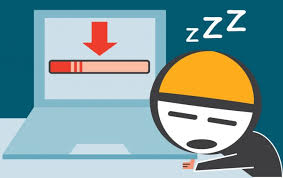Learning Log#6 - DNETCOM
This week is our last discussion week. After 13 weeks, the term is about to end. Our final lesson was RIP. RIP in routing means Routing Information Protocol. It uses a metric called hop count. In our last lesson it took me a while to fully understand what the next hop of a route was. You could imagine my reaction when I heard the term hop count. When our prof showed us how to implement RIP in Packet Tracer. I thought it looked easy enough. It looked easier than manually routing in a static route. So our group was eager to do the last exercise. After 2 meetings, we were still unable to finish it. Whenever we pinged a device, it would return as a failure. It was very frustrating. When we were about to give up, sir helped us out. However, he discovered that there was a problem with the case. We just had to laugh it out. We had let the exercise frustrate us when we should've asked for help right away instead. We would've saved ourselves the trouble.
